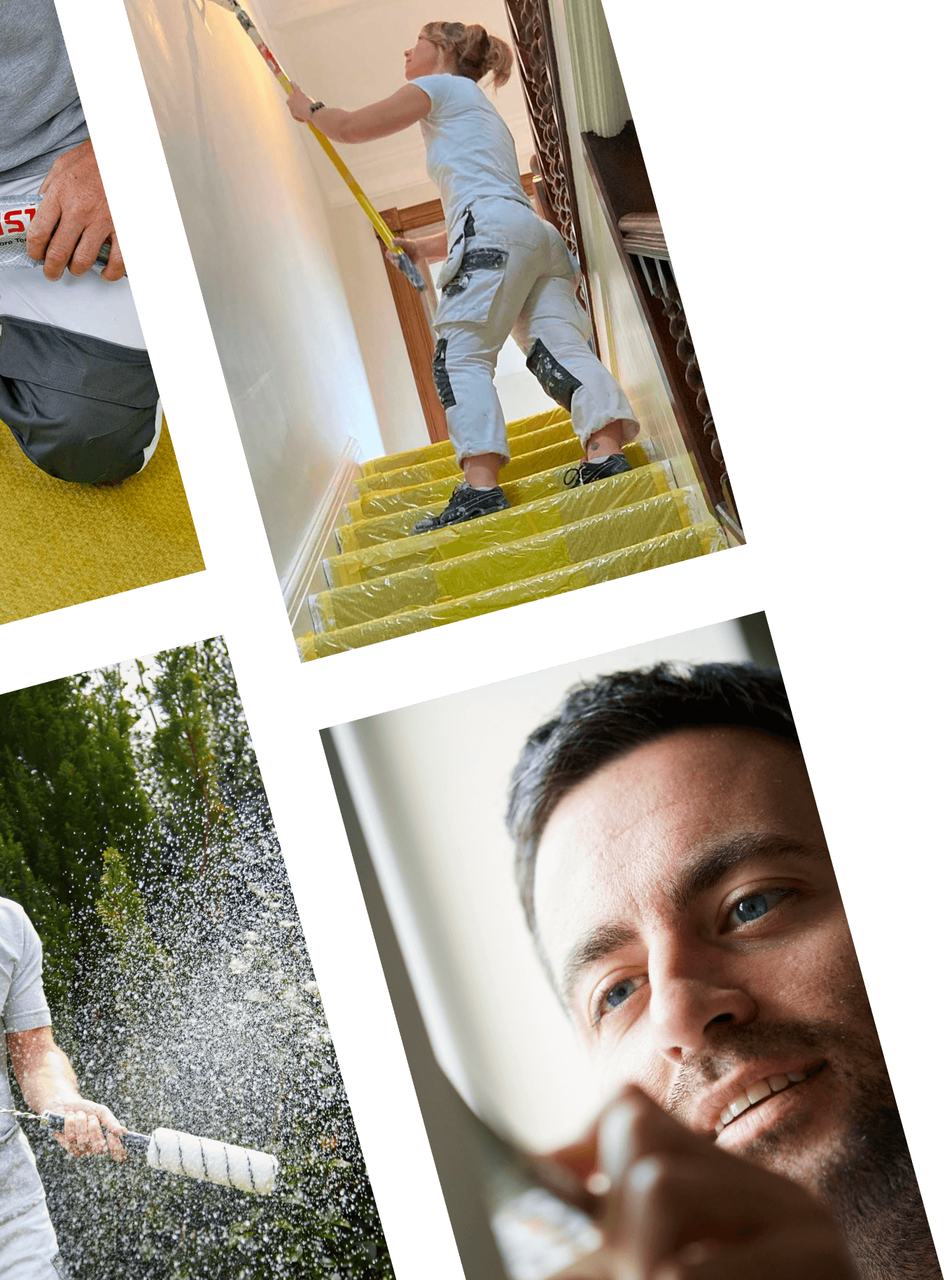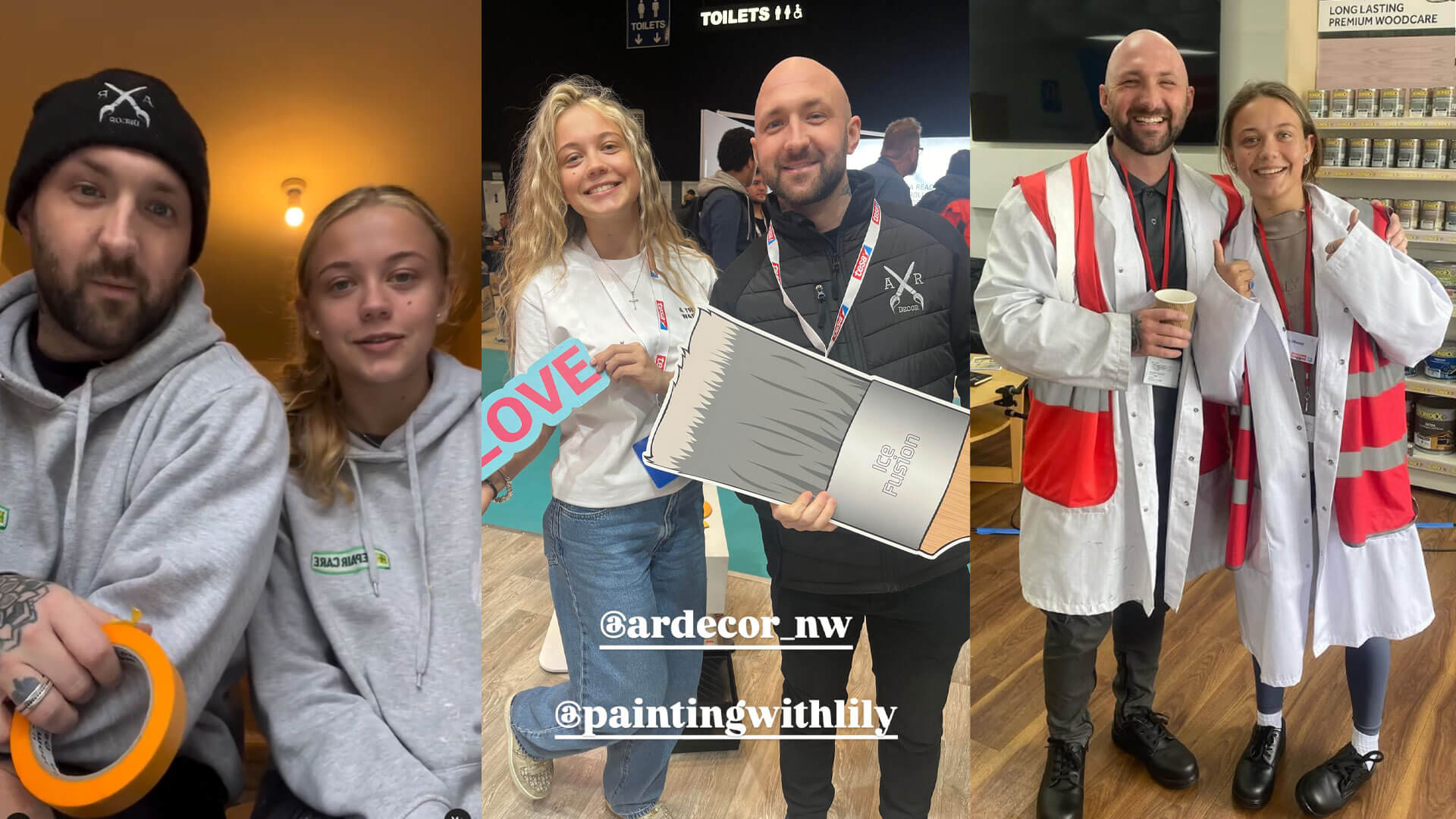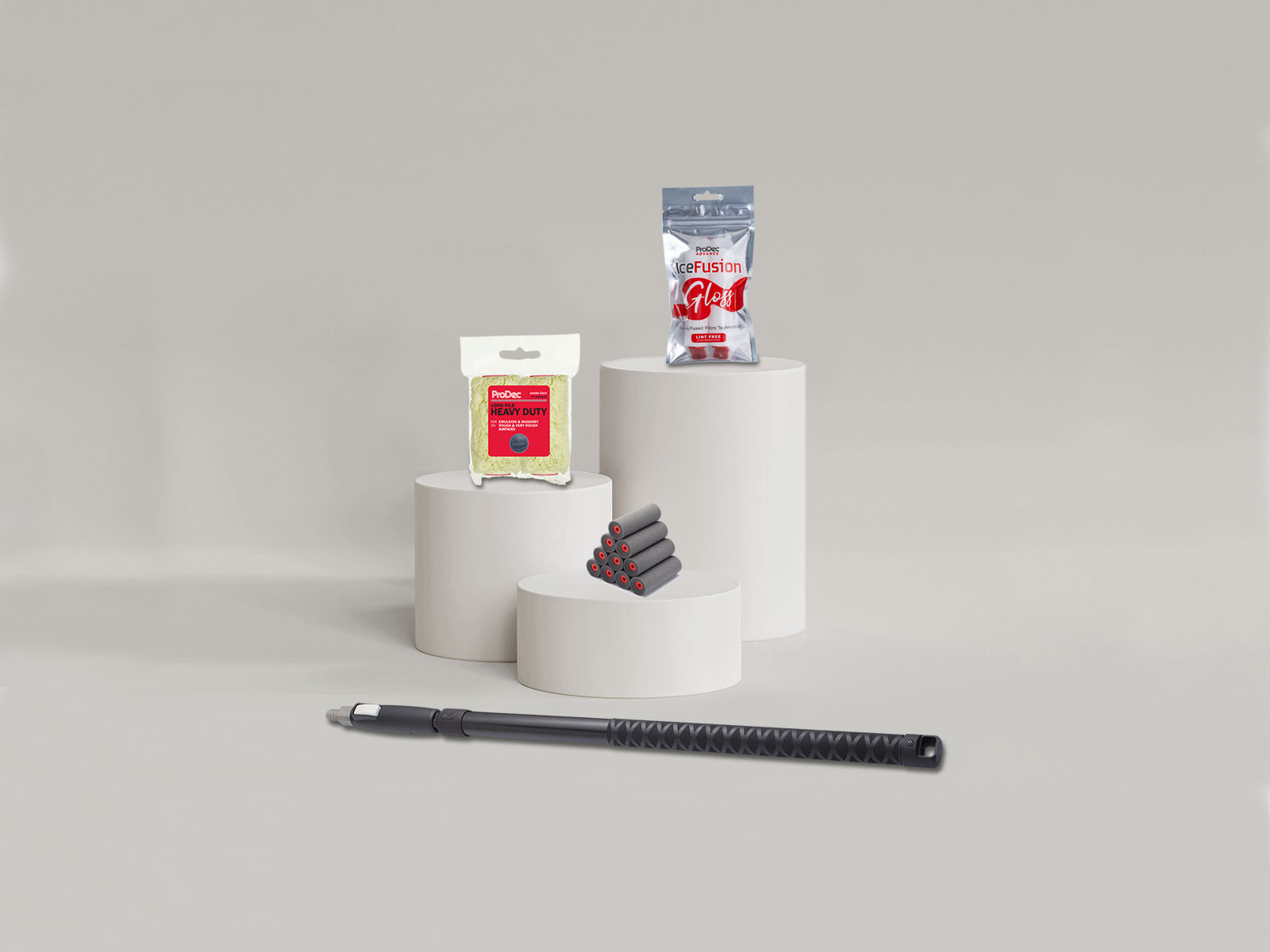Guest blog: Managing a decorating business during pregnancy
25/06/30 5 min read
Read more
Learn about new product releases, special offers, industry news and more with the ProDec newsletter.

9 May 2025
6 min read
I started painting and decorating around 22 years ago, and I spent over ten of those years self-employed. The industry has changed a lot, as have the challenges associated with running a decorating business.
The blend of skills has evolved, customer expectations are different, marketing and sales plays a bigger role. The industry is changing all the time. As decorators, we need to keep up.
When I started, things were simpler. Most decorators would stick with one or two brands of paint that they stayed loyal to. Technology is a lot different now, too. Many decorators use dust free sanding equipment and some use sprayers.
I think the quality expectations are now higher which, coupled with online reviews, means one bad job can ruin a decorator’s whole business. Everything used to be about getting a job finished as quickly as possible, getting paid and moving on. You simply can’t work like that anymore.

Marketing and social media has changed a lot over the past decade for painting and decorating. Most decorators now run Facebook or Google Ads, are subscribed to one of the many work leads sites or put a lot of effort into their own organic social media presence.
This means documenting everything on a job, filming a series of short clips or pictures, editing it all together – sometimes making a voiceover – and publishing it in a way that gains most traction.
And there are other hidden pressures that come with social media and the expectations that some clients have, as Mike Jones who runs Northern Ireland-based Panelling Perfect points out:
“With the increasing popularity of home interior accounts on social media, quite often clients want to replicate what they’ve seen in a multi-million pound property when they live in a compact terrace. Sometimes the difference between winning a job is down to how you navigate this process rather than the standard of work you can show.”
Another area that has grown increasingly complicated is sales and marketing. Business costs are higher than they’ve ever been, and there are a lot of cheap, unskilled ‘decorators’ advertising ridiculous rates in local Facebook groups.
This gives customers an unrealistic expectation when it comes to price. It also puts pressure on us to try and win work at a rate that is compatible with running a successful business.
Buxton-based Sarah Hughes is on the same page here:
“Many clients don’t see the hidden costs: rising material prices, the extra time needed for prep work or unexpected repairs and the behind-the-scenes planning that ensures a flawless finish. It’s not just about paint on a wall—it’s about doing it right, safely and with a finish that lasts.
[My team and I] are often brought in to fix rushed or botched jobs, which takes more time, energy and care than starting fresh. Quality decorating is an investment, not just a quick lick of paint!”
We can either compete on price with the unskilled decorators or try to set ourselves apart by having a slick sales process, impeccable presentation and articulating in detail the best process for carrying out any job when talking to a customer. We can’t be ‘cheaper’, so we need to be ‘better’.

Things were once simple when it came to products, but not so much now. We need to navigate low-sheen specialist ceiling paints for light-critical rooms, breathable masonry paints, oil, water and hybrid paints for woodwork. The list goes on.
Then there are the tools needed to apply them and knowing the appropriate tools to use for applying certain materials.
Adhesion primers are another example of rapidly evolving products, and they match up to the rise in water-based topcoats. It isn’t just about how well the primer adheres anymore – it’s about opacity, flow, stain blocking capabilities, even rust-inhibiting properties.
My point is that the development of products has accelerated in recent years and there’s pressure on us to keep up. If we get it wrong, then a product is likely to fail and we’re left trying to rectify a job out of our own pocket whilst doing our best to appease the customer.
Health and Safety is much stricter now and it doesn’t look like it’s going to ease. This is welcome in my eyes, although it can be over the top and does make things more of a faff on commercial sites.
Speaking of commercial work, other considerations include waste disposal, insurance, CSCS cards, risk assessments. It’s a constant bombardment of compliance issues and red tape. Luckily the rise of AI has meant this part of the job has become slightly easier, but it’s still a nightmare.

Many decorators now wear five hats: decorator, marketer, admin, customer service, accountant. We need crisp logos, our paperwork needs to be impeccable and we’re constantly in the public eye.
However, one thing we can’t control is what other people say about us, be it a review from a nightmare customer or a troll on social media.
There’s always a lot going on and if you get behind on a job, then it can be easy to fall behind with everything else, which loads the pressure on even more.
I can understand why painter and decorators’ mental health can be affected in the modern working environment.
It isn’t all doom and gloom! Painting and decorating remains a great career choice. There is a thrill that comes with winning work and you get satisfaction after completing a job.
It’s also a very personal trade. We go into someone’s home and imprint their personality onto a room. We talk through colours, finishes, durability and then transform a space. There is no feeling quite like it!
The money is good too, providing you concentrate on the business as much as the decorating.

Decorating is still one of the most rewarding jobs out there – but it’s certainly not as simple as picking up a brush and cracking on. Especially if you want to work for yourself and be successful.

25/06/30 5 min read
Read more
25/03/04 6 min read
Read more
24/10/24 4 min read
Read more
24/10/12 3 min read
Read more